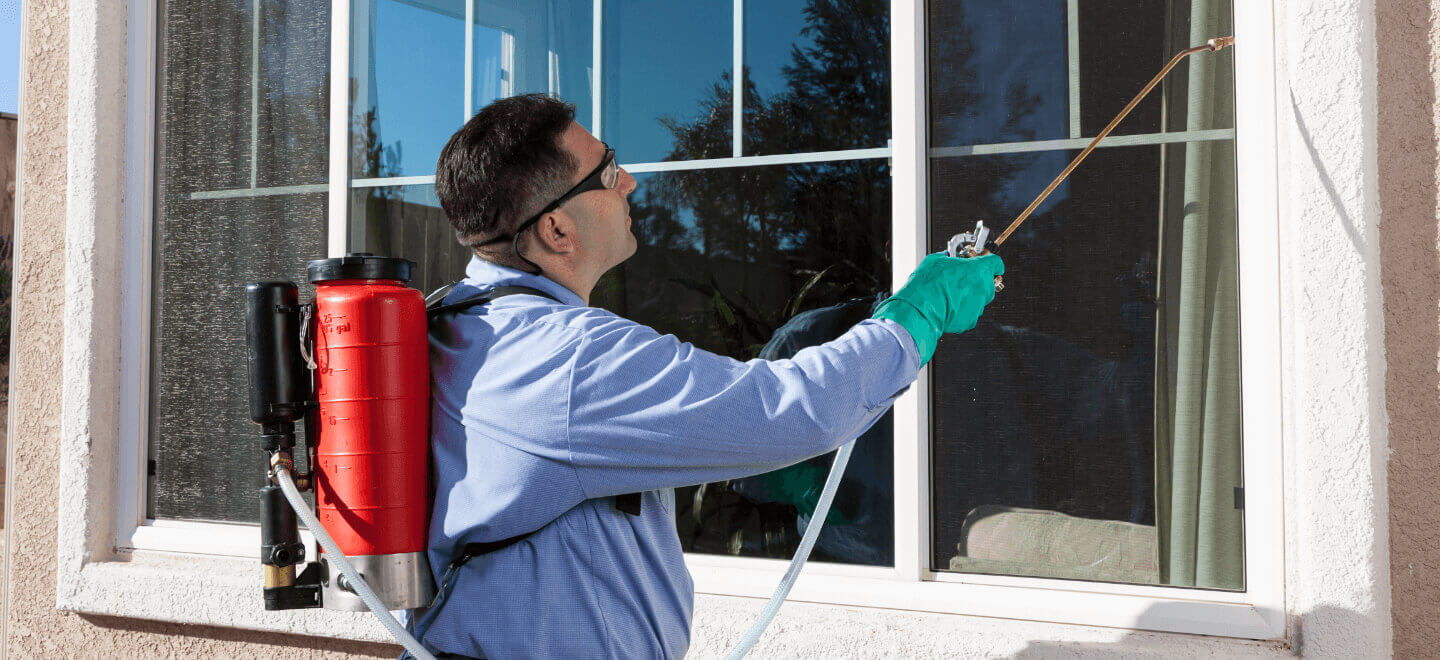Dependable A1 Bed Bug Exterminator Charlotte - Eliminate Bed Bugs Quick
Dependable A1 Bed Bug Exterminator Charlotte - Eliminate Bed Bugs Quick
Blog Article
Bed Bug Treatment Breakdown: Comparing Chemical Vs. Non-Chemical Solutions
In the world of bug control, specifically when managing the relentless problem of bed bugs, the option in between chemical and non-chemical treatment remedies can be a critical one. Both techniques provide unique advantages and disadvantages, affecting aspects such as effectiveness, security factors to consider, and total price. By analyzing the nuanced details of each technique, a more clear understanding of which course to pursue in attending to a bed bug problem can be attained.
Efficiency of Chemical Therapies
Chemical treatments for bed pest infestations have actually been commonly recognized for their fast and potent efficacy in eradicating these parasites. When considering the effectiveness of chemical treatments, it is important to comprehend that they can supply a fast and extensive service to a bed insect problem. Professional pest control specialists usually rely upon insecticides to target bed bugs at numerous stages of their life cycle, including nymphs, eggs, and adults. These chemicals generally work by interfering with the bed insects' nervous system, leading to paralysis and eventual death.
Furthermore, chemical therapies have the advantage of offering recurring impacts, implying that they can continue to eliminate bed bugs even after the first application. This residual action is specifically beneficial in combating any kind of prospective re-infestations. Additionally, the quick action of chemical treatments can bring alleviation to individuals facing serious bed insect problems, enabling them to reclaim control of their home promptly.
Safety And Security Interest In Chemical Solutions
One critical facet that calls for careful factor to consider when making use of chemical services for bed pest treatment is making certain the safety and security of residents and the atmosphere. Exposure to certain chemicals utilized in bed bug therapies can lead to respiratory system problems, skin inflammation, or other unfavorable reactions, especially in people with pre-existing problems or sensitivities.
Moreover, the environmental effect of chemical services is one more significant consideration. Some pesticides used in bed bug treatments may be harmful to advantageous bugs, wildlife, and ecological communities if they seep into the dirt or water systems. It is necessary to make use of chemical treatments sensibly, adhering to safety and security guidelines, and thinking about much less hazardous alternatives to minimize these threats and ensure the safe and reliable administration of bed pest infestations.
Advantages of Non-Chemical Strategies
Considering the possible safety and security concerns and environmental influence linked with chemical solutions for bed insect therapy, checking out non-chemical strategies provides an encouraging option with several distinctive advantages. Non-chemical therapies are ecologically pleasant, as they do not add to air or water air pollution, making them a sustainable selection for bug control.
In addition, non-chemical options can be effective in targeting bed insects, including hard-to-reach locations where chemical treatments may not permeate - A1 charlotte pest control companies. Techniques such as heat therapy, vacuuming, vapor cleansing, and cushion coverings provide detailed elimination without the usage of hazardous chemicals.
Limitations of Non-Chemical Treatments

Additionally, non-chemical treatments frequently link require multiple applications to accomplish effective removal. This can be lengthy and might not constantly assure total elimination of all bed insects and their eggs, specifically in hidden or hard-to-reach places.
Moreover, the success of non-chemical therapies heavily relies upon proper execution and thoroughness, which can be challenging for individuals without specialist expertise. Inadequate application of non-chemical approaches might cause insufficient obliteration, causing consistent problems and the demand for extra treatments.
For that reason, while non-chemical treatments have their benefits, it is important to acknowledge these limitations and consider them when establishing the most reliable strategy for taking care of bed bug problems.
Price Comparison: Chemical Vs. Non-Chemical Options
Given the restrictions related to non-chemical treatments, an important element to assess in the context of bed pest monitoring is the price comparison between chemical and non-chemical choices. Chemical therapies typically involve the application of pesticides by professionals, which can vary from $250 to $900 per space, depending on the intensity of the infestation and the dimension of the location to be treated. In comparison, non-chemical treatments like warm treatment or vapor can be extra expensive, with expenses ranging from $1,000 to $6,000 for an entire home. While the initial price of chemical treatments might seem reduced, multiple therapies might be needed to completely remove the infestation, possibly boosting the general cost. On Recommended Reading the various other hand, non-chemical alternatives might offer a much more sustainable and eco-friendly solution, although they can be cost-prohibitive for some people. Ultimately, when taking into consideration the price of bed insect therapy alternatives, it is very important to weigh the in advance expenses versus the effectiveness and lasting sustainability of the chosen technique.
Verdict

Considering the prospective safety and security issues and ecological impact connected with chemical remedies for bed pest therapy, exploring non-chemical strategies provides an encouraging choice with a number of unique benefits.Given the constraints linked with non-chemical treatments, a crucial facet to evaluate in the context of bed bug management is the cost comparison in between chemical and non-chemical alternatives. In contrast, non-chemical treatments like heat treatment or heavy steam can be extra pricey, with expenses ranging from $1,000 to $6,000 for an entire home. While the first cost of chemical treatments may appear rat control chemicals reduced, multiple treatments might be required to completely eliminate the invasion, potentially boosting the general price.In conclusion, when contrasting chemical and non-chemical bed pest treatment options, it is essential to consider efficiency, security, advantages, constraints, and expense.
Report this page